The Santa Cruz Lumber Company was incorporated in November 1923, for $270,000, by George N. Ley and Hyman Steen. They purchased 12,000 acres (19 square miles of timber) of fir and redwood north of Santa Cruz, California. It was one of the last stands of old growth left in the area. By 1926, they were cutting nine million board feet of redwood at their mill which they had constructed at Boulder Creek, some twenty-four miles north of Santa Cruz.
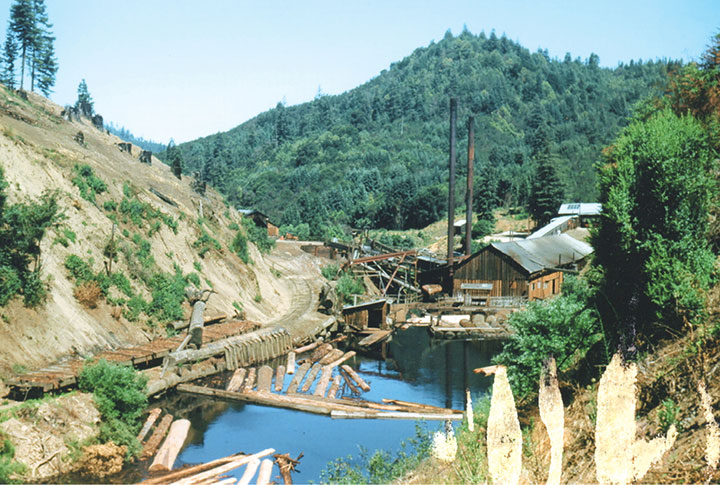
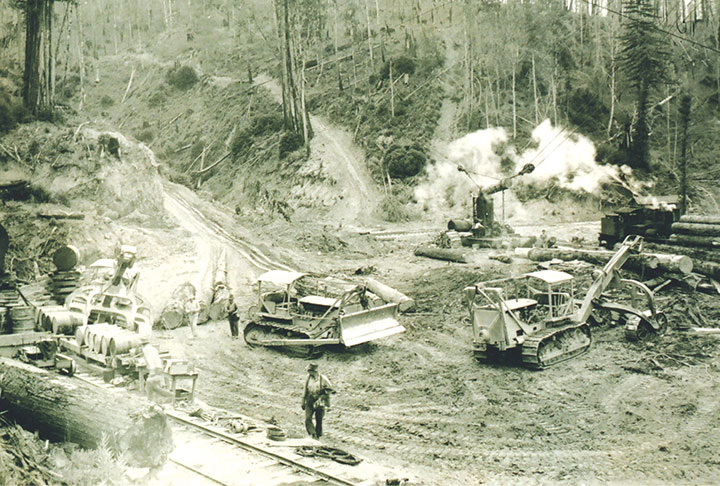
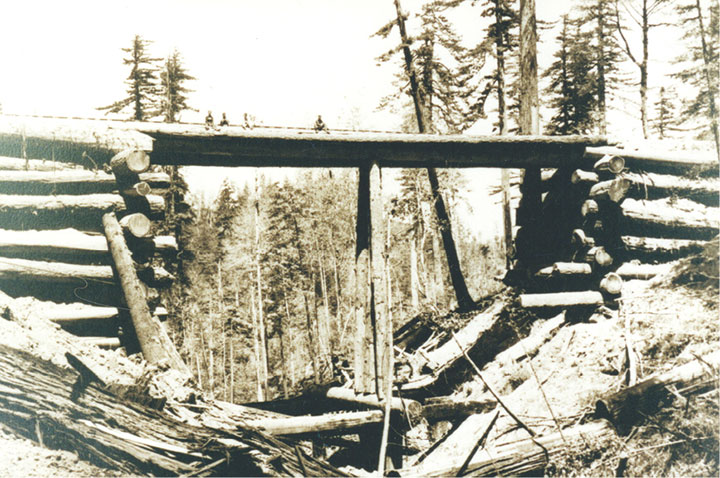
In March 1930, they announced that they were going to construct a railroad to supply logs to their mill. To start things off, they purchased some one-and-a-half miles of rails and a 42-ton Shay formerly used by the Hume-Bennett Lumber Company. The Shay cost $2,750.00, and had recently operated on the San Joaquin & Eastern Railroad at Aubury, California. The company’s new railroad would be used to reach redwood timber on Pescadero Creek. At this time, George N. Ley was president, and James A. Maddock was secretary of the company.
Things were well under way by May 1930 with equipment being purchased from Southern California Edison Company, including some log flats. The equipment was unloaded at Felton, and hauled by truck twenty miles north over San Lorens Drive to the San Mateo County line.
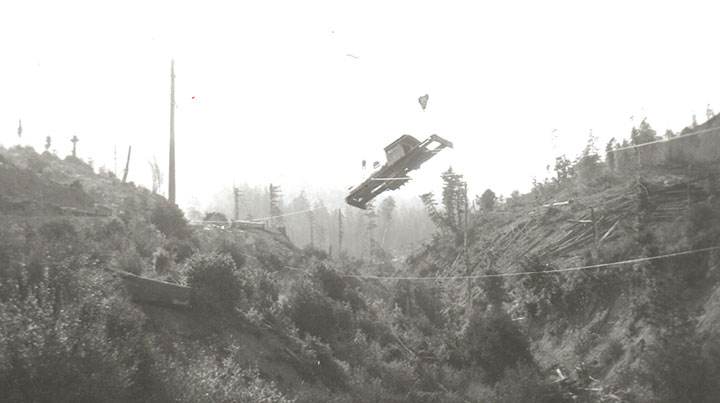
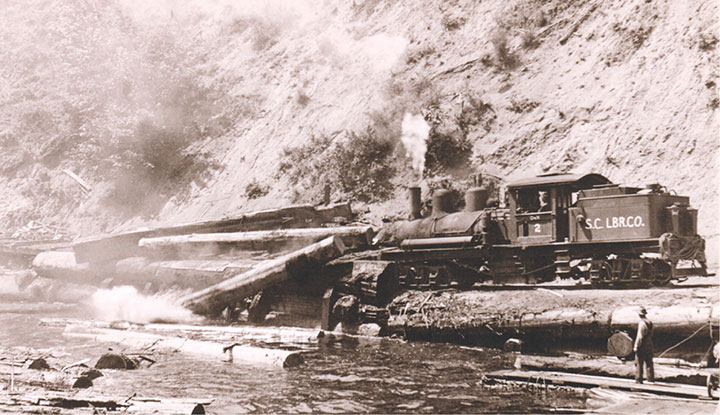
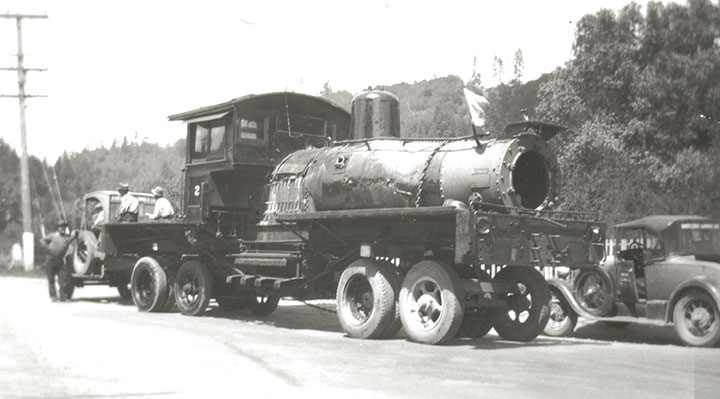
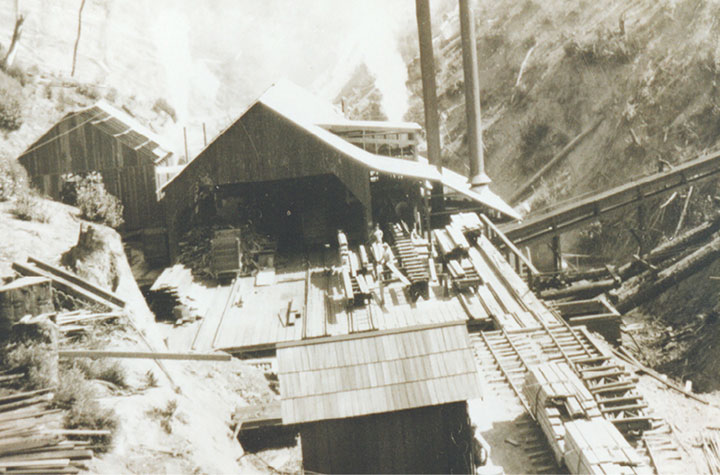
Early on, they had an incline at Little Boulder Creek located just three miles from the mill.
In 1936, they added Caterpillar tractors for yarding logs with arches as well as for construction work. In 1938, the company purchased an additional 2,000 acres of redwood from Western Shore Lumber Company for $200,000. The tract of timber was estimated to contain one hundred million board feet of timber. The railroad would have to be extended just one-half mile to reach the tract.
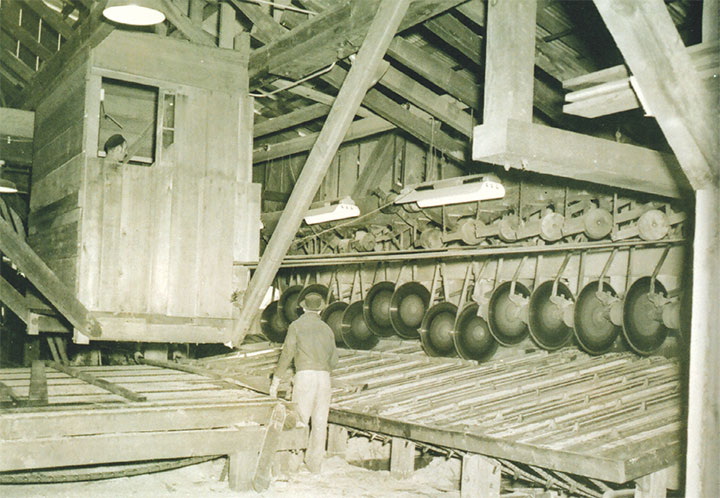
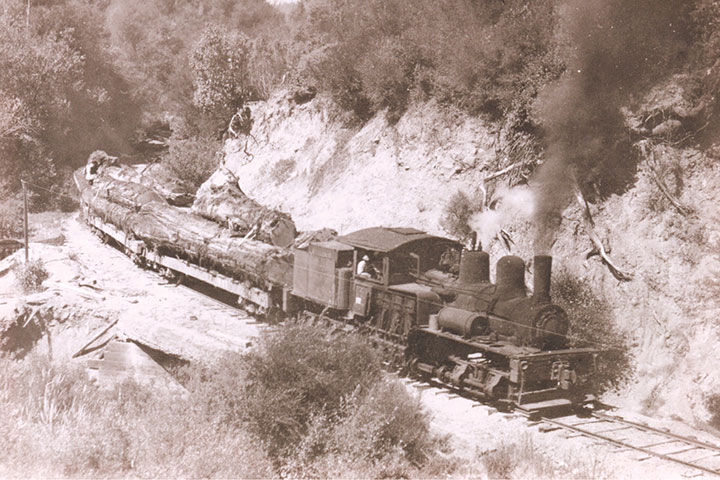
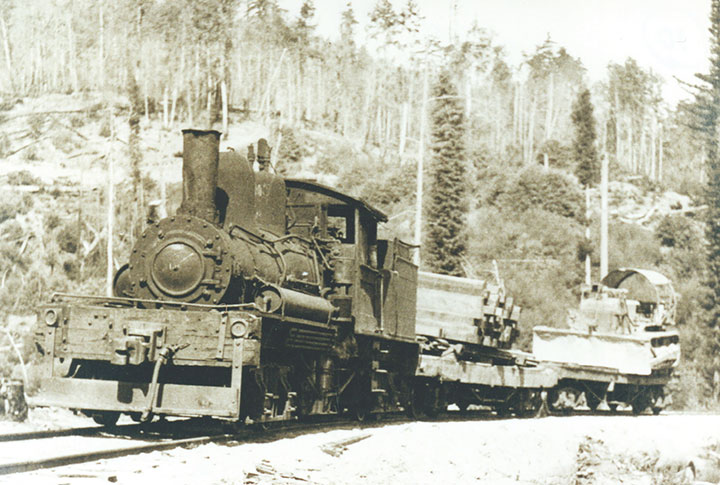
About 1948, they had forty men working in the woods and forty-five working in the mill.
By 1950, the company had eight miles of track and was running trains containing three or four loads of logs to dump in the mill pond. Two trips a day was normal, and the logs were unloaded in the pond by a jill-poke. That year they abandoned the railroad and starting hauling logs with off-highway trucks equipped with wide bunks (probably 10 feet wide).
The mill had a nine foot band saw, was the last steam-electric sawmill in Santa Cruz County and lasted until 1976 when they cut out. The boiler was fed with slashings from the mill. A unique 30-inch tram railroad moved the lumber from the mill to the drying yard and planing mill. The mill put out thirty thousand board feet of lumber per day. In 1946, a trimmer was added, and the mill started putting out fifty thousand board feet of lumber per day. The lumber was trucked to both Santa Cruz and Felton where finishing operations were located including a sash and door factory, and a retail yard located on the east side of Santa Cruz. The remaining lumber was then loaded onto Southern Pacific railroad cars for shipping to market.
To this day, the company does limited selective logging of second growth trees in the area.
